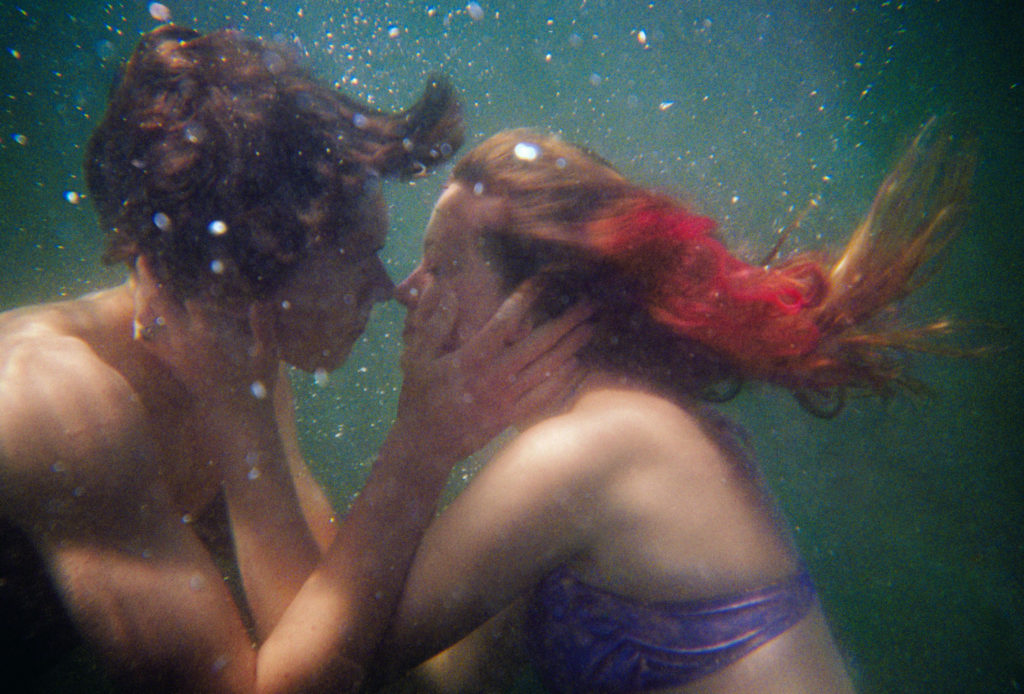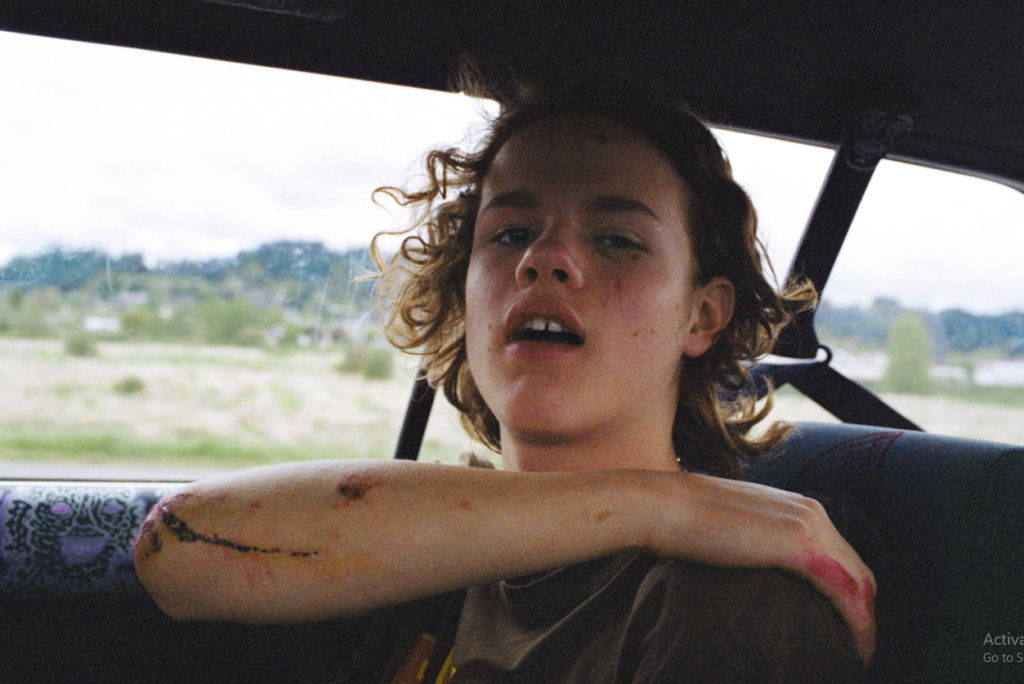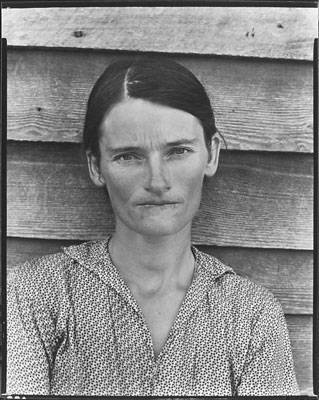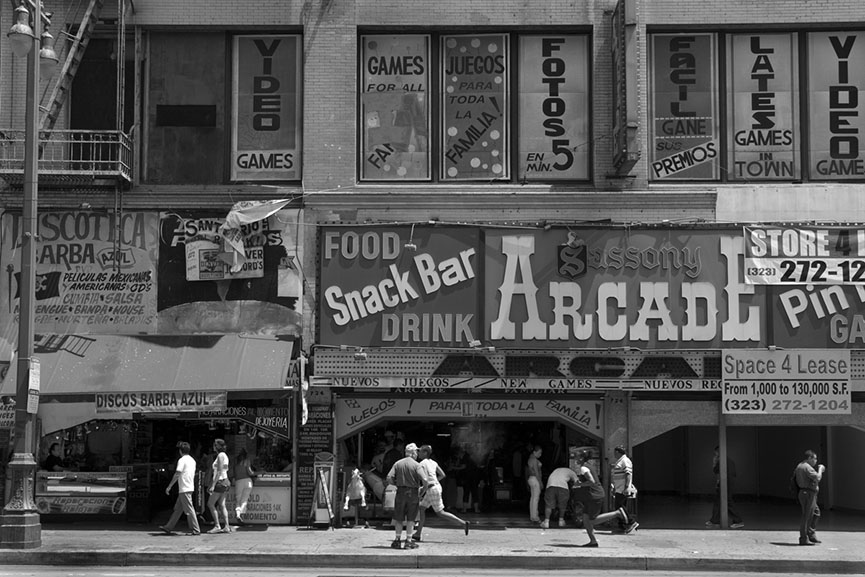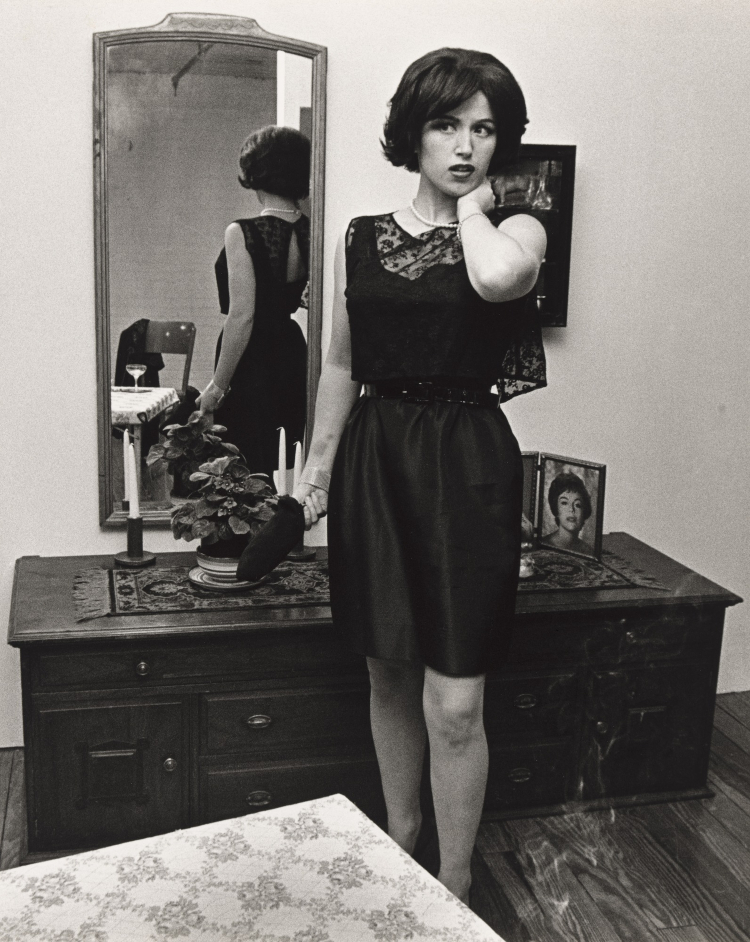ESSAY: In the Spring term will be spending 1 lesson a week every Wednesday on writing and developing your essay. However, you will need to be working it independently outside of lesson time.
Objective: Criteria from the Syllabus
Be aware of some of the methods employed by critics and historians within the history of art and photography
Post Modernism
Demonstrate a sound understanding of your chosen area of study with appropriate use of critical vocabulary. – use for image analysis
Investigate a wide range of work and sources
Develop a personal and critical inquiry.
Academic Sources
Research and identify 3-5 literary sources from a variety of media such as books, journal/magazines, internet, Youtube/video:
https://witness.worldpressphoto.org/the-ethics-of-documenting-your-own-family-7225ca8bd59a
https://www.1854.photography/2019/11/humour-intimacy-and-sincerity-celebrating-family-photography/
https://www.booooooom.com/2020/08/10/photographer-spotlight-emma-hardy/
Mulvey, Laura (1973) ‘Visual Pleasure and Narrative Cinema’ in Screen (1975)
Frames of Mind: Photography, Memory and Identity
Family Frames: Photography, Narrative and Postmemory.
Begin to read essay, texts and interviews with your chosen artists as well as commentary from critics, historians and others. It’s important that you show evidence of reading and draw upon different pints of view – not only your own.Take notes when you’re reading…key words, concepts, passages Write down page number, author, year, title, publisher, place of publication so you can list source in a bibliography
Bibliography
Practice:
Sternfeld, J. (2003), American Prospects. Göttingen; Germany.
In Text Reference:
Direct Quote: In his book on conversations on photography, Sternfeld writes ‘
Paraphrasing: Sternfeld (2003)
Quotation and Referencing
Why should you reference?
To add academic support for your work
To support or disprove your argument
To show evidence of reading
To help readers locate your sources
To show respect for other people’s work
To avoid plagiarism
To achieve higher marks
What should you reference?
Anything that is based on a piece of information or idea that is not entirely your own.
That includes, direct quotes, paraphrasing or summarising of an idea, theory or concept, definitions, images, tables, graphs, maps or anything else obtained from a source
How should you reference?
Use Harvard System of Referencing…see Powerpoint: harvard system of referencing for further details on how to use it.
Essay Question
Think of a hypothesis and list possible essay questions:
To what extent do female role models influence personal identity, and how is this shown in Hannah Altman’s work?
In what ways have LaToya Ruby Frazier and Hannah Altman represented identity between generations of women?
How does Hannah Altman portray the delicate relationship between a mother and daughter?
https://www.hannahaltmanphoto.com/indoorvoices#1
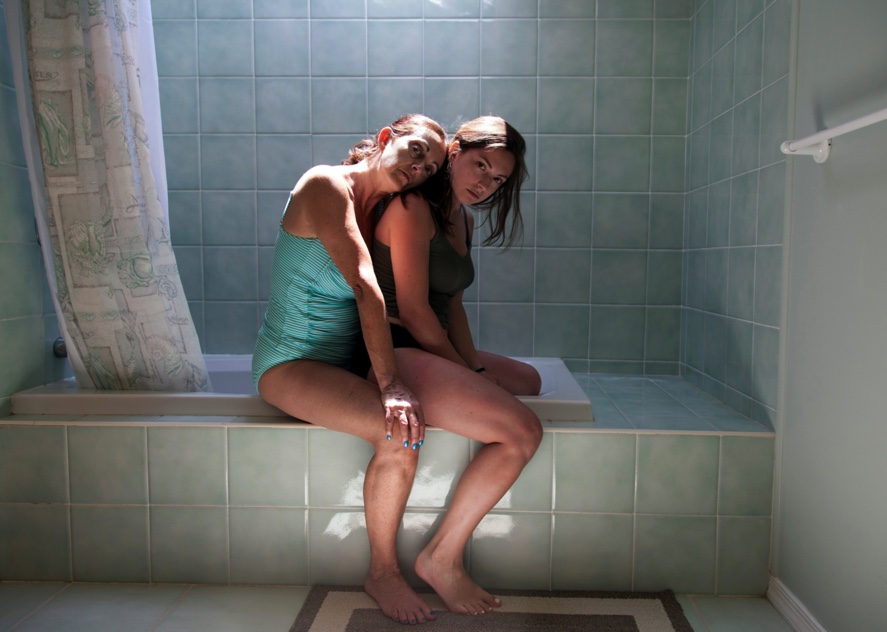
To what extent is documenting your own family biased?
https://witness.worldpressphoto.org/the-ethics-of-documenting-your-own-family-7225ca8bd59a
How does the role of a mother differ as a single parent?
https://www.theguardian.com/artanddesign/2022/jan/26/single-parent-strength-a-photo-essay
Essay Plan
Make a plan that lists what you are going to write about in each paragraph – essay structure.
Essay question: In what ways have LaToya Ruby Frazier and Hannah Altman represented identity between generations of women?
Opening quote
Introduction (250-500 words): What is your area study? Which artists will you be analysing and why? How will you be responding to their work and essay question?
List photographers, links to context, what they both bring to my essay and how they informed my ideas.
Pg 1 (500 words): Historical/ theoretical context within art, photography, visual and popular culture relevant to your area of study. Make links to art movements/ isms and some of the methods employed by critics and historian.
Historical portrayal of women – in art, film and photography. Links to feminism, female / male gaze. Use sources from key texts read.

Divine mother figure
Pg 2 (500 words): Analyse first artist/photographer in relation to your essay question. Present and evaluate your own images and responses.

Loookedatness – looking INWARD – reflective nature to her work. Sense of self, childhood,
Analyse key work, read interview, links to context behind her work, art theory and period
STEEPLY GENDERED…
‘spaces where girlhood is supposed to abide and womanhood stands guard”
Sociolgoist – with camera
Place in the family vs place in the world.
Richness of place and memory
socioeconomic elements
Deconstructs notion of a nuclear family. See below
The Notion of Family gilds its often grim truths with the hope of resistance, as in Frazier’s portraits of her Grandma Ruby—with her battalion of dolls, a stoic countenance, and a matriarchal sense of duty—who raised six children by herself on a Goodwill manager’s salary. In one photograph, she stands in her kitchen, her arm resting on the back of a chair where her grandson sits, light from the adjacent window pouring through a scrim of curtain and ivy, her nightgown slipping from her shoulder, her home a picture of order and cleanliness. “Grandma Ruby’s interior design was a firewall that blocked external forces,” Frazier writes.
Pg 3 (500 words): Analyse second artist/photographer in relation to your essay question. Present and evaluate your own images and responses.
Disrupting idea of the divine mother figure – picture analysed in artist reference.

Takes inspiration from Jewish Folklore and traditions in her image, similar to LTRF using socio economic context.

Presents generational identity and memory through exploring her family history and historical persecution as Jews.


What memory do the photographs leave? What sentiment?
Conclusion (250-500 words): Draw parallels, explore differences/ similarities between artists/photographers and that of your own work that you have produced
Compare both artists, context behind, link to my own work and reasons for producing.
Both extremely different artists but disrupting / representing the same things etc
use images
Both use images of the divine mother figure – link to first paragraph and to my own work
Bibliography: List all relevant sources used



